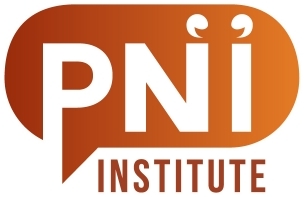The PNI Institute is currently formed by members that run their PNI practice and strive to improve PNI methods via this platform. Choosing where to publish advancements and where to discuss them is and should be a topic of constant debate.
For the moment we’ve come to the conclusion that discussion of PNI tools is best done here, with the international audience. That seems a better thing to do than with a more local audience. So here we go ….
Recently TOP innosense has published an opening post on open source PNI tools followed by a series of six blogs on PNI tools:
- Mobile CONNECT Apps
- Natural and responsive Story tools
- Landscape question responses
- Adaptive and Fractal question responses
- Bipolar and Tripolar question responses, with Arrows
- Pseudo Tripolar question responses
About half of those are the result of customer-driven projects, the other half results from working with PNI peers or in-company research. As we firmly believe that sharing both strength and weaknesses leads to seizing more opportunities and overcoming threats (that’s a take on SWOT we like) we have chose to publish them on our company website and would love to discuss them here with the wider international PNI audience.
Some questions we have are:
- Who has tried these or similar tools/instruments and can share experiences about it. Are there instruments you tried and did these work of not. We are curious to hear experiences like the one that led to the pseudo tripolar when the customer refused to accept a double negative dipolar.
- What are good combinations and what are bad combinations in a certain context. Last year f.e. we found that “the Western style” of showing a scale, dipolar or tripolar as “a blank beam or triangle with a coloured rim to indicate the edge” doesn’t work well in the eastern and African world as people tend to place their stories on the outer rims only.
- Can anyone share experiences on the differences between hunting/gathering stories via normal computers versus mobile devices. Our experiments show that the latter tend to capture shorter, more lively/on-the-spot stories and more uploads of photo’s, video and voice too. I wonder how that will effect outcomes.
- Will fractal StoryNaires help people to evaluate their stories or will it confuse them as the StoryNaire changes every time they use it. Thus far we found professionals and other people with a limited time budget (are busy) love them and can handle them.
- What other tools do you use to collect stories for your PNI work (or related story work).
We are looking forward to stimulating comments and suggestions.
